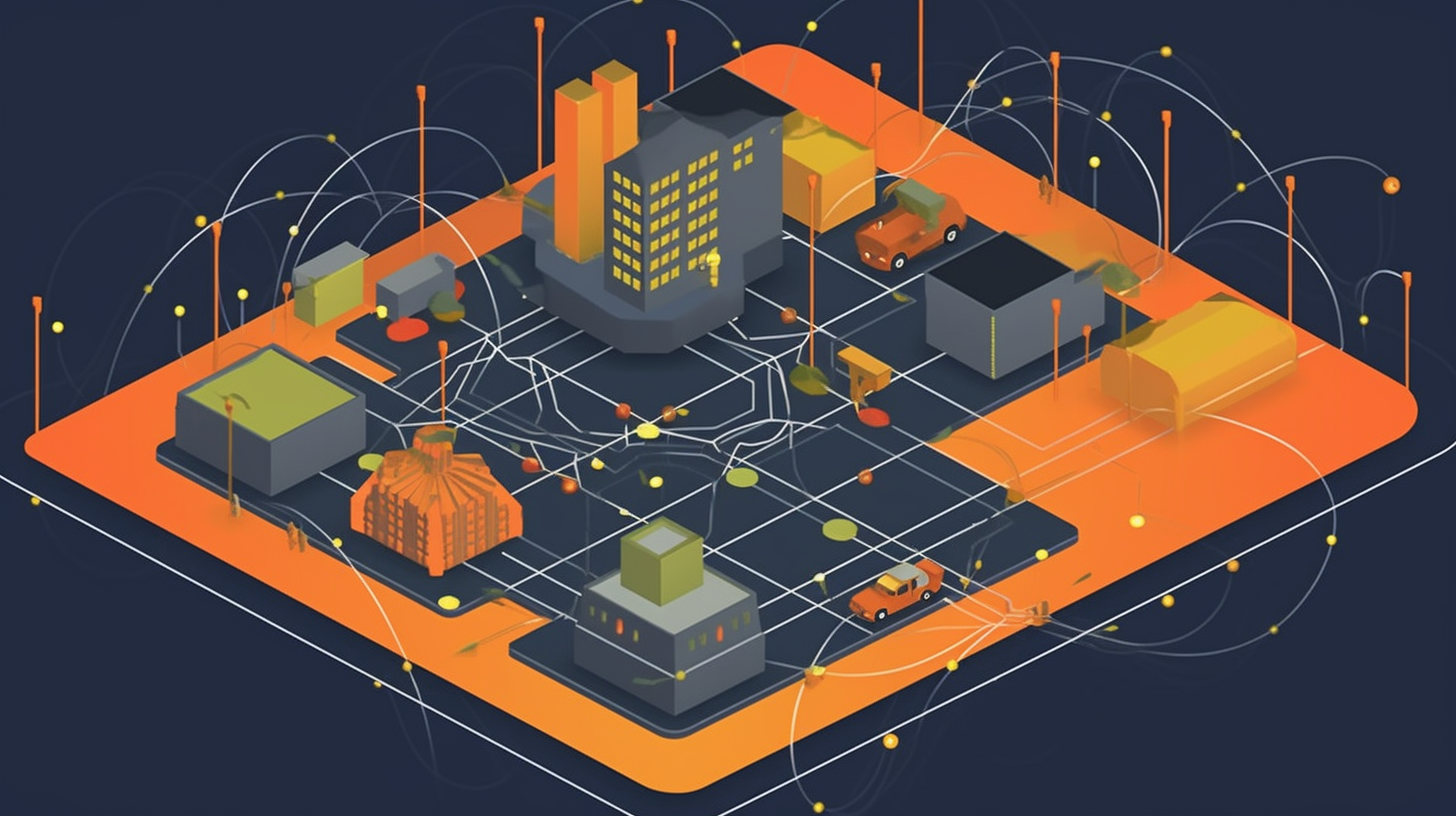Unleashing the Power of Ethernet Switching: Gearing up for CompTIA Network+ (N10-008) Exam

Folks, fasten your hats as we are going to dive deep into the fascinating world of Ethernet switching, a prime subject highlighted in the CompTIA Network+ (N10-008) examination. This journey is far from a basic field trip. We're going to dive right in, roll up our sleeves, break down Ethernet switch mechanisms, and systematically reassemble them. So strap in and get ready for an electrifying journey!
A Primer on Ethernet Switching
Fundamentally, an Ethernet switch, a key part of Ethernet switching, sets up the connection among multiple devices over a Local Area Network (LAN). The network's traffic warden, the Ethernet switch, prevents data packets from colliding and guides them to the appropriate device. Seems straightforward, right? But, scratch the surface and you'll reveal a tangle of protocols, algorithms, and configurations complex enough to baffle even an experienced network guru.
Broadly speaking, different network nodes convene at the Ethernet switches. Each node is designated an individual Ethernet address, ensuring that when data is sent from one node to another, the switch can determine the destination and traffic it accordingly. Imagine having your own personal mail sorter!
Focusing on the N10-008 Exam
Considering these, you'll need to firm up your understanding of Ethernet switching configurations and deployments for the CompTIA Network+ (N10-008) exam. So, how should you go about dealing with a subject this vast and complex?
First things first, take a deep breath - there's no reason to panic at this point! Grasping the concept of Ethernet switching wins you half the battle. The other half is about practicing different scenarios and knowing how to deploy the associated features.
Configuring and Deploying Ethernet Switching Features
You'll need to handle a variety of Ethernet switch features such as VLANs (Virtual Local Area Networks), PoE (Power over Ethernet), and QoS (Quality of Service) in different scenarios. Each feature fulfills a specific function, such as partitioning network traffic (VLANs), powering devices (PoE), and managing traffic to avoid packet loss during overcrowding (QoS).
Deploying these features presents a new suite of challenges. You need to analyze the network's requirements, comprehend device compatibility, and ensure resources are used efficiently. Picture this, you're in a chef's shoes, expertly concocting a dish to find that perfect harmony of flavors while making your guests' taste buds sing.
Academic Perspective on Ethernet Switching
As we churn out data at an ever-increasing rate in this era, Ethernet switching boldly takes center stage, holding an indispensable role. Academically, comprehending Ethernet switches' underlying principles aids in efficiently managing and interconnecting LAN devices. It's this tangling web of interconnected devices that forms the backbone of modern data infrastructure, supporting everything from basic web browsing to complex cloud storage systems. A study of Ethernet switching gives you a glimpse beneath the digital world's veneer and exposes its intricate organization and complexity.
Statistics to Consider
Grand View Research recently estimated that the global Ethernet switch and router market made its mark with a value of $15.99 billion in 2018. Experts predict the market, riding high on a Compound Annual Growth Rate (CAGR) of 4.4%, from 2019 to 2025. Such swift expansion suggests an increasing dependency on Ethernet switches and routers for constructing efficient network infrastructures.
Wrapping Up
So there you have it, a quick but comprehensive foray into the fantastic world of Ethernet switching, tailored for the CompTIA Network+ (N10-008) exam. Remember, practice makes perfect, so knuckle down and start configuring those switches! And who knows, with a bit of patience and a healthy dose of practice, you'll soon be navigating that Ethernet like a pro!